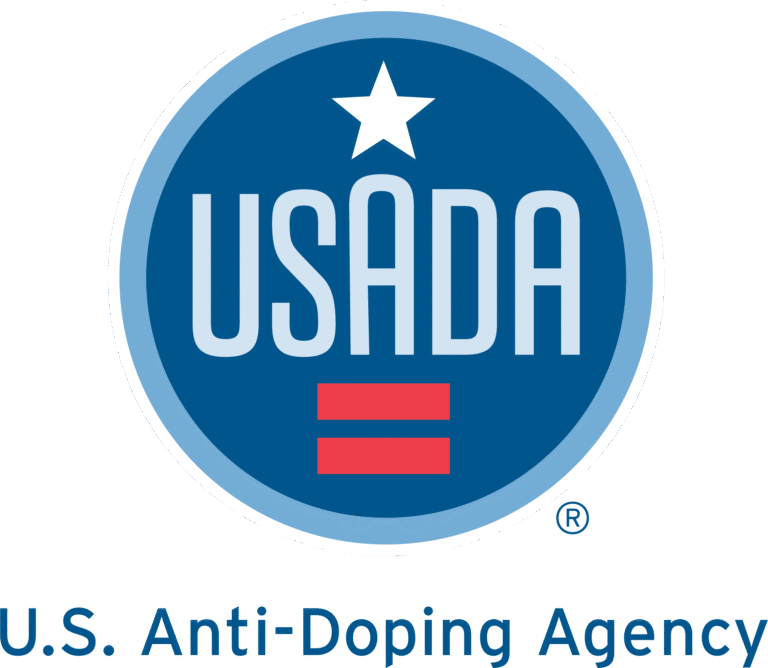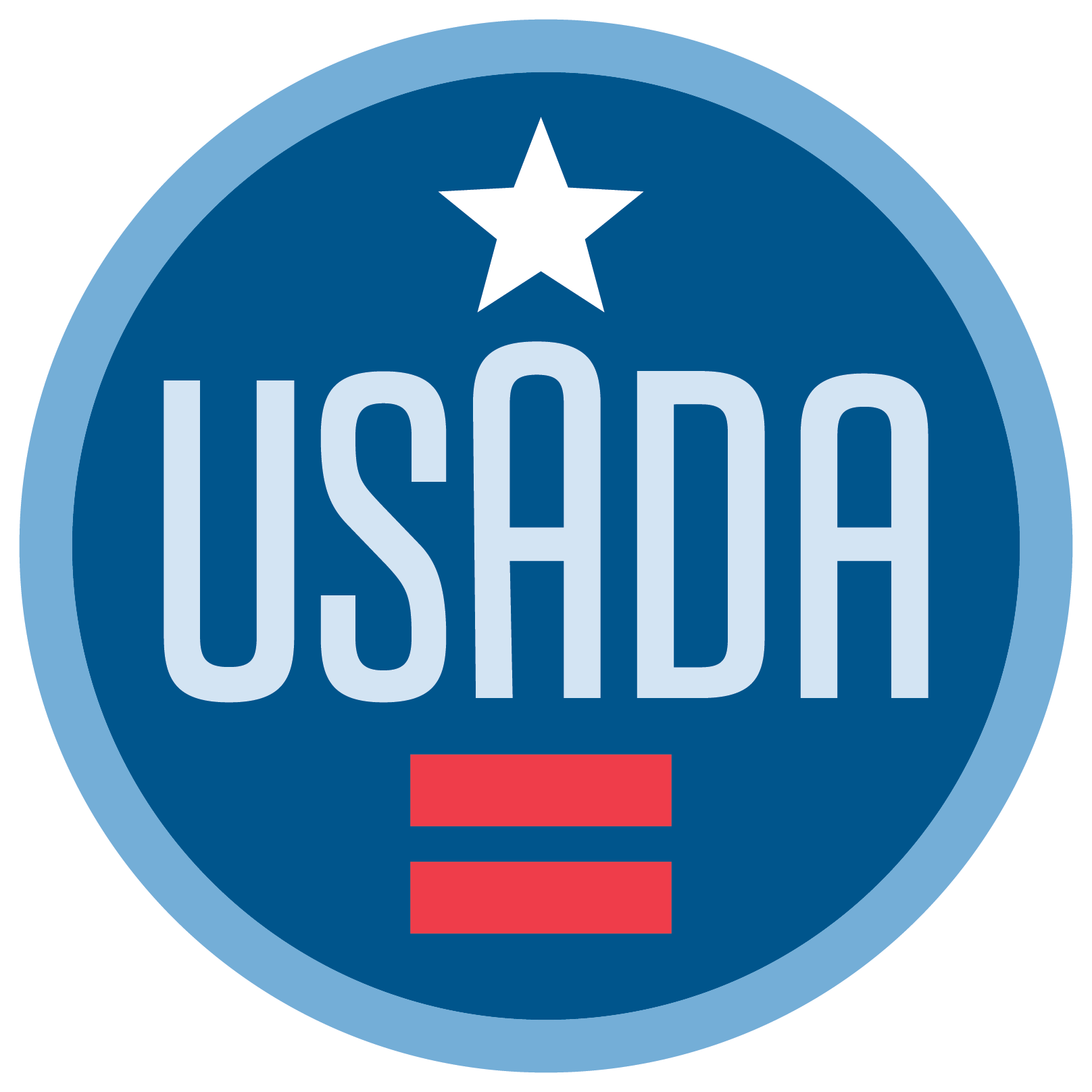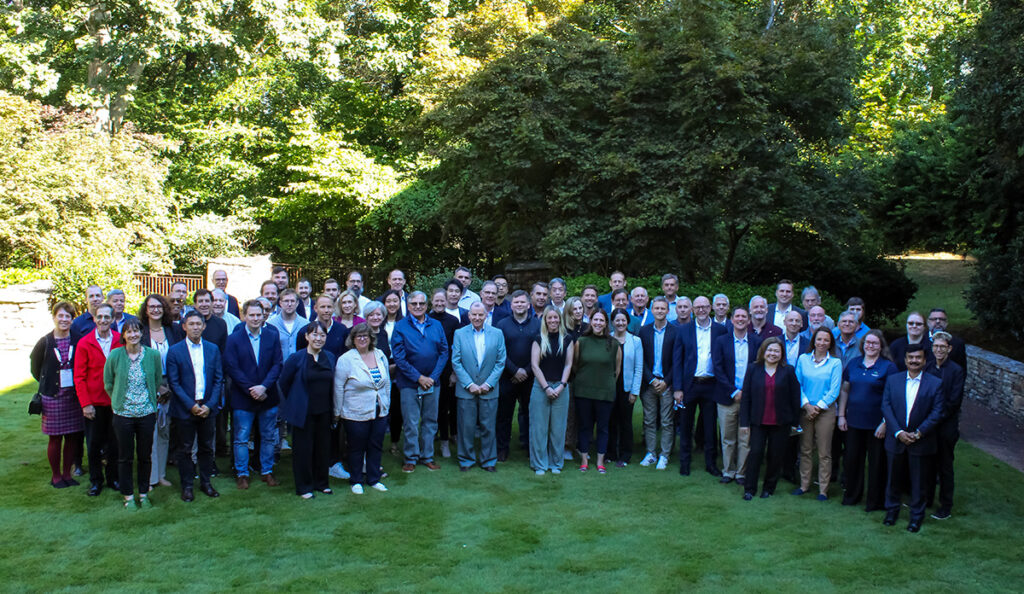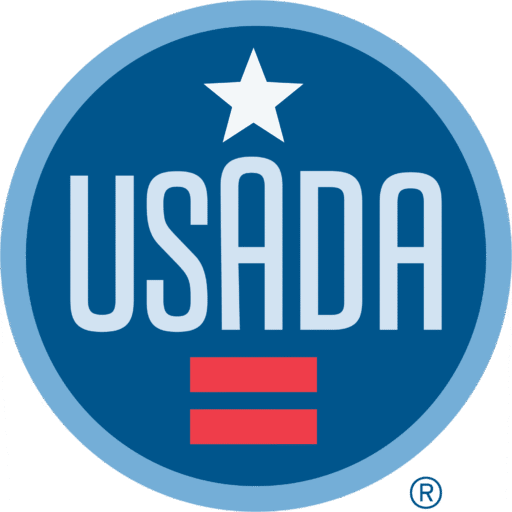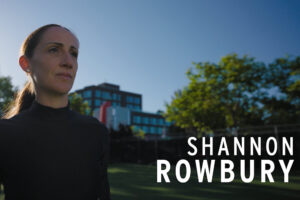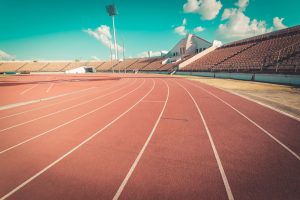It’s a question that every athlete asks: Is the science keeping up with the dopers?
The U.S. Anti-Doping Agency (USADA) recently welcomed 19 expert speakers and more than 75 anti-doping and scientific experts from 23 countries to help answer that question during the 24th Annual USADA Symposium on Anti-Doping Science in Atlanta, Georgia, themed “Closing the Gap Between Doping Prevalence and Detection.”
“We were honored to yet again host experts and colleagues from around the world who are truly committed to improving the global anti-doping system so that it best serves clean athletes,” said USADA CEO Travis T. Tygart.
The theme of this year’s symposium is based on data showing that doping detection rates (measured by the percentage of adverse analytical findings, or positive tests) across Olympic and non-Olympic sports are generally below 1%, while the published prevalence rates of athletes doping in competitive sport are higher.
At the two-day symposium, participants engaged in collaborative sessions focused on closing this gap between doping detection rates and doping prevalence rates. The sessions focused on four key areas:
- Doping Prevalence Measures
- Risk-Assessment Evolution
- Analytical Detection Gaps
- Detection Effectiveness Integration
“Athletes justifiably entrust anti-doping programs to protect them from cheating and to level the playing field,” said Dr. Matthew Fedoruk, Chief Science Officer at USADA. “We must continue to challenge ourselves to use the best science to drive anti-doping practices, and that includes identifying gaps and then pivoting and innovating to meet current and future doping threats.”
Stakeholders from the following organizations participated in these important discussions:
- 12 WADA-accredited laboratories, including: King’s College London, Australian Sports Drug Testing Laboratory (ASDTL), Brazil Doping Control Laboratory, German Sport University Cologne Laboratory, DoCoMo Ghent Laboratory, Karolinska Institute Stockholm, Institute of Doping Analysis and Sports Biochemistyr (IDAS) – Dresden, Madrid Antidoping Laboratory, Seibersdorf Laboratory Austria, Sports Medicine Research and Testing Laboratory (SMRTL), Polish Anti-Doping Laboratory, LSI Medience Laboratory Tokyo, National Dope Testing Laboratory (NDTL) India, and the Swiss Laboratory for Doping Analyses Lausanne, among others
- National Anti-Doping Agencies, including Australia, Canada, France, Barbados, Denmark, Germany, Iceland, Japan, South Korea, Norway, Netherlands, New Zealand, Sweden, Switzerland, West Asia RADO/Jordan, the U.K. and iNADO
- Multiple International Federations, Integrity Units and the International Testing Agency
- The United States Olympic and Paralympic Committee (USOPC) and International Paralympic Committee (IPC)
- National Football League and Major League Baseball
- Multiple universities from around the U.S. and the world that are engaged in anti-doping research
- Partnership for Clean Competition
David Howman, former Director General of the World Anti-Doping Agency (WADA) and current Chair of the Athletics Integrity Unit (AIU), was the keynote speaker, presenting a thought-provoking and engaging presentation encouraging all in the anti-doping scientific community to work together and use creativity and collaboration to solve many pressing challenges. Dr. Andrea Petróczi, Kingston University London, also shared an overview of innovative new techniques for assessing doping prevalence, while data-driven risk-assessment solutions were presented by NADO and IPC speakers. The second day of the symposium focused on identifying and filling gaps in detection methods and new doping substances, with presentations from multiple anti-doping laboratories and university experts currently receiving global anti-doping research funding.
To reinforce the importance of this work, USADA also welcomed Olympian Anna van Brummen to share her experience with the anti-doping system after testing positive for a prohibited substance. Seeking athlete perspectives is critical to ensuring the global anti-doping system works on behalf of athletes. You can find more information about her story here.
Award for Excellence in Anti-Doping Science
The Symposium also provides the opportunity to recognize and award the achievements of scientists who have made an impact on anti-doping approaches and best practices. USADA was pleased to present the 9th Larry D. Bowers Award for Excellence in Anti-Doping Science to Dr. Neil Robinson from the International Testing Agency.
About the Symposium
The USADA Symposium on Anti-Doping Science has a long tradition of bringing together external experts, anti-doping laboratories, and scientific and medical experts from anti-doping organizations to discuss timely and relevant scientific doping challenges facing sport. The goal of the Symposium is to enrich the scientific expertise within the global anti-doping community, identify where the challenges lie, and develop ideas and solutions that can be built upon after the Symposium to advance anti-doping science that helps protect clean athletes and maximizes both detection and deterrence strategies. The USADA Symposium began in 2002 and has been held in a variety of cities within the United States and internationally annually. Next year’s 25th annual Symposium will be held in
For more information or media inquiries, email media@usada.org.
